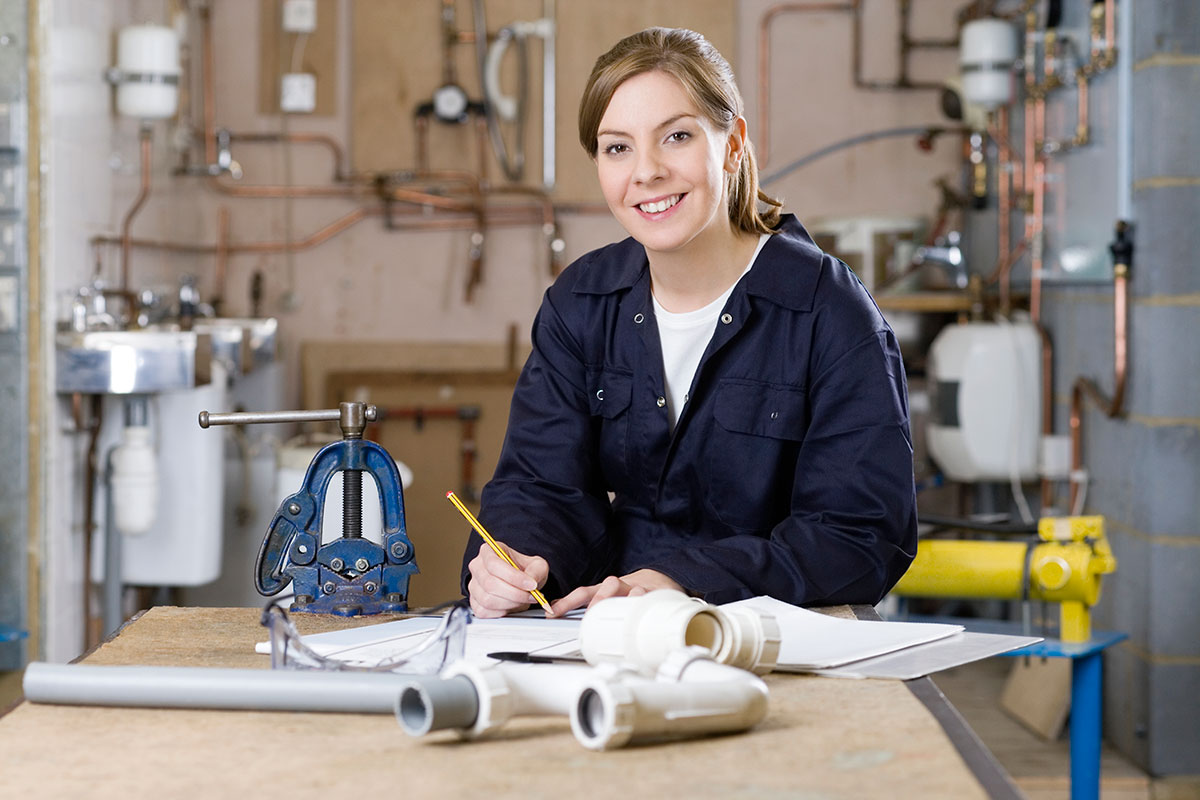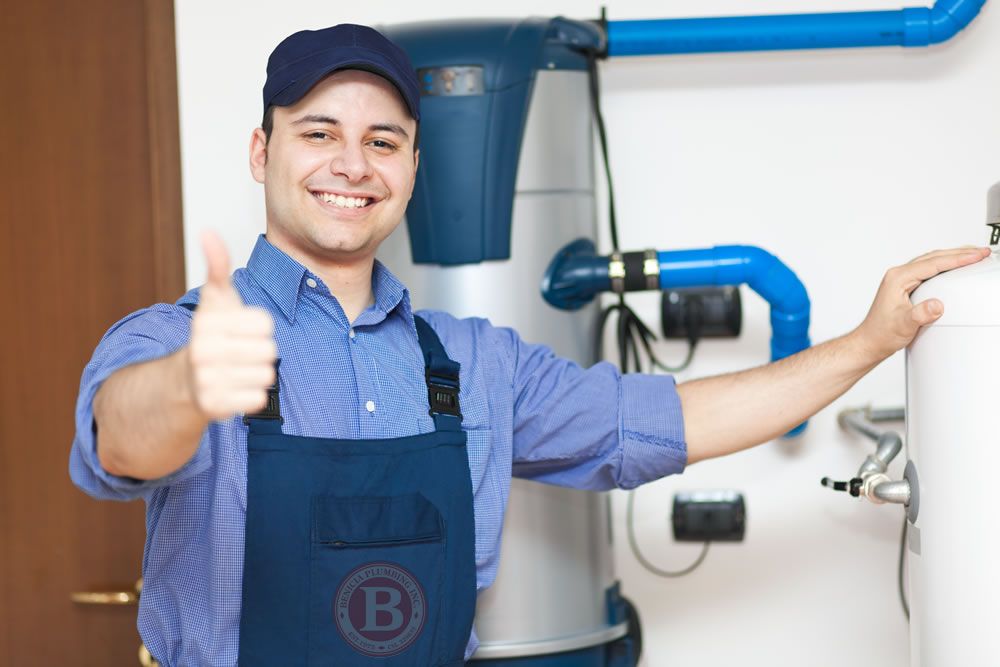Trustworthy Plumber Alabaster AL for All Your Emergency Demands
Wiki Article
A Step-by-Step Overview to Reliable Hot Water Heater Setup for Optimum Performance
Starting the job of installing a hot water heater is a venture that demands precision and a systematic approach for attaining optimum efficiency. The procedure starts with the crucial decision of picking the appropriate heating system tailored to the specific needs of your household, thinking about variables such as dimension, energy, and type source. When selected, preparing the installment location to satisfy safety criteria is vital. Nevertheless, the journey doesn't finish below. As you proceed, the ins and outs of attaching water system lines and establishing trusted electrical or gas connections wait for, promising insights right into making certain efficiency and reliability.Picking the Right Hot Water Heater

Next, consider the size and capability of the hot water heater. It's essential to examine your house's warm water requirements, which can differ based upon the variety of passengers and their use patterns. An unit that's as well tiny may lead to not enough hot water, while a large model might lead to unnecessary energy usage.
Performance scores also play an essential duty in selection. Seek water heaters with high Energy Element (EF) scores, showing premium efficiency and decreased energy use. Tankless versions, though generally more costly in advance, deal considerable power cost savings over time due to their on-demand home heating abilities.
Preparing the Setup Area
Prior to mounting a brand-new water heating unit, thorough preparation of the installation area is vital. It's important to measure the area thoroughly to fit the water heating system's measurements, making certain ample clearance around the unit for effective procedure and maintenance.Inspect the floor for security, as the water heating system will certainly need a strong, level surface area to run successfully. If required, set up a drip pan beneath the device to capture potential leaks or spills, protecting against water damage to the surrounding area.
Additionally, make certain that all necessary tools and materials get on hand prior to beginning the installation. This includes items such as wrenches, screwdrivers, a degree, and any additional equipment required for safeguarding the heating unit and installing. A well-prepared installation area establishes the structure for a successful water heating unit configuration, optimizing efficiency and security.
Connecting Water Supply Lines
When attaching water lines to your recently set up hot water heater, it is essential to make sure that all connections are safe and secure and leak-free to preserve efficient operation and protect against water damage. Begin by recognizing the warm and cool water lines. The chilly water inlet is typically noted with a blue label or a "C", while the warm water electrical outlet is noted with a red label or an "H".Usage flexible water heating system adapters to help with an easier installment procedure. These adapters can take in resonance and permit for mild motion, reducing the danger of leaks. Before connecting the adapters, put a plumbing technician's tape around the threaded ends of the water heating system's inlet and electrical outlet pipes - Water Heater installation Alabaster AL. This tape works check as a sealer, preventing leaks. Thoroughly connect the versatile tubes to the particular inlet and electrical outlet, making certain that they are not over-tightened but tight, which can damage the threads.
When links are in place, gradually switch on the main water shutoff. Examine each link for leakages by aesthetically really feeling and checking for moisture. Tighten connections as essential, and guarantee the pressure safety valve is appropriately installed, safeguarding versus too much stress accumulation.
Setting Up Electrical or Gas Links
Properly establishing the electrical or gas connections for your hot water heater is a critical step to ensure effective and safe procedure. For electric water heaters, start by validating that the electric circuit is suitable with the heating system's voltage and amperage requirements. Ensure the power supply is turned off at the breaker to avoid crashes. Attach the electrical cords to the important link heater adhering to the manufacturer's circuitry diagram. Usually, this includes attaching the ground cord to the eco-friendly terminal, and the remaining cables to their corresponding terminals, safeguarding each with cable nuts.For gas water heating units, security is vital. Validate that the gas supply is off before continuing. Connect the gas line to the water heating unit utilizing a versatile gas port, ensuring it is appropriately threaded and sealed with pipeline joint substance or Teflon tape appropriate for gas links. Tighten the links with a wrench, taking treatment not to over-tighten (Drain Cleaning Alabaster AL).
As soon as connections are made, check for any kind of potential leaks. For gas lines, use a soapy water service to the joints; bubbles show a leakage. For electrical connections, double-check that all wiring is protected and effectively shielded, preserving conformity with regional electric codes.
Testing and Adjusting for Performance
With the electrical and gas connections safely in location, the following action is assessing the operational performance of your water heating system. Begin by meticulously transforming on the water supply and making sure there are no leakages at any of the joints or shutoffs.Next, execute a thorough assessment to make certain the burner or gas heaters are functioning correctly. For electrical heating systems, use a multimeter to confirm if the elements are attracting the proper current. In gas designs, observe the burner flame; it should be consistent and blue, indicating effective burning.
Adjust the settings as essential to get rid of ineffectiveness. Take into consideration executing insulation steps, such as including a hot water heater blanket, to better boost efficiency by lessening warm loss. Additionally, examine the anode rod's condition, as a deteriorated pole can reduce effectiveness and result in container deterioration.
Conclusion
Reliable hot water heater setup is vital for making sure optimum efficiency and energy savings. By picking the appropriate kind and size, and diligently preparing the setup location, a foundation for success is developed. Safely connecting water lines and thoroughly establishing electric or gas connections minimize potential problems. advice Thorough screening for leaks and accurate thermostat changes to 120 ° F boost reliability and effectiveness. Sticking to these steps advertises long-term capability and energy preservation in domestic water heating unit.
Appropriately setting up the electrical or gas connections for your water heater is an essential action to guarantee safe and efficient procedure. For electrical water heating units, begin by validating that the electric circuit is compatible with the heater's voltage and amperage demands. Attach the gas line to the water heating system utilizing a versatile gas adapter, guaranteeing it is properly threaded and secured with pipe joint compound or Teflon tape appropriate for gas connections.
Report this wiki page